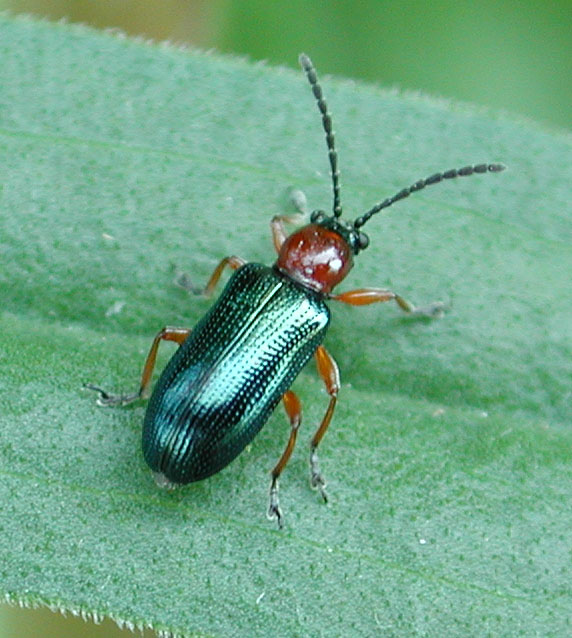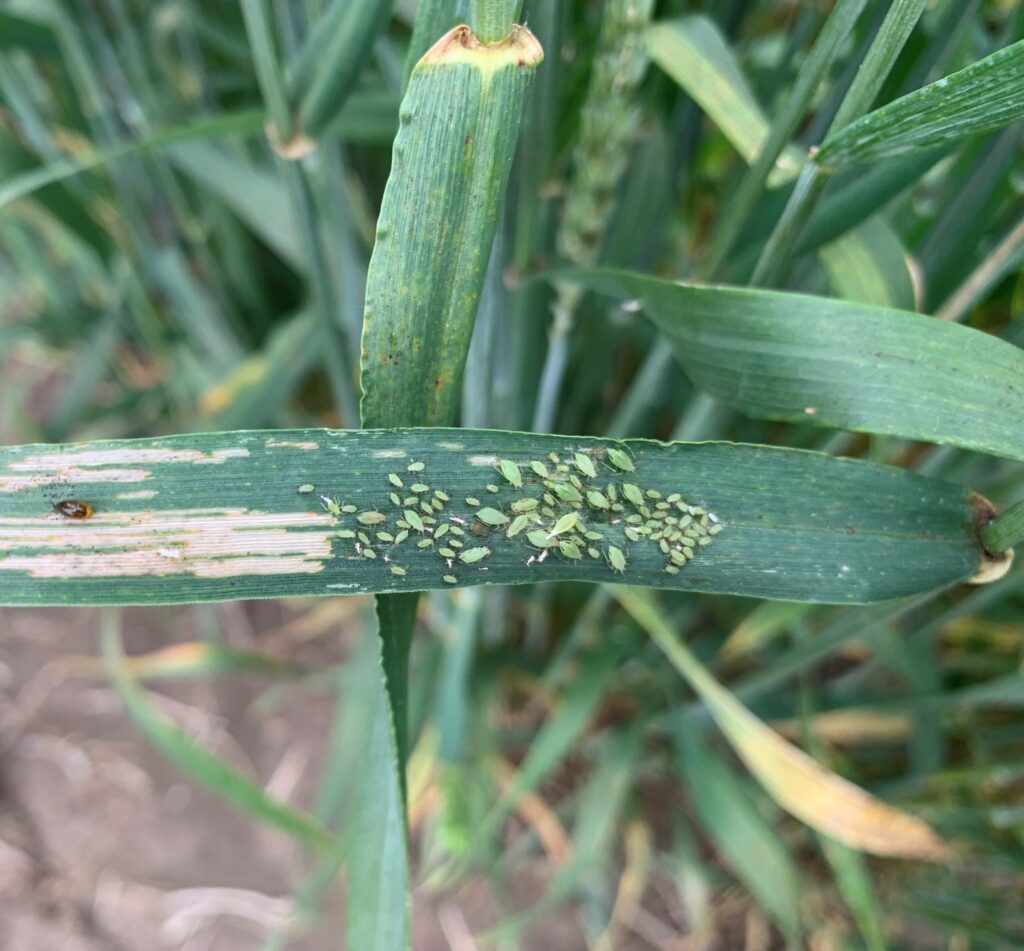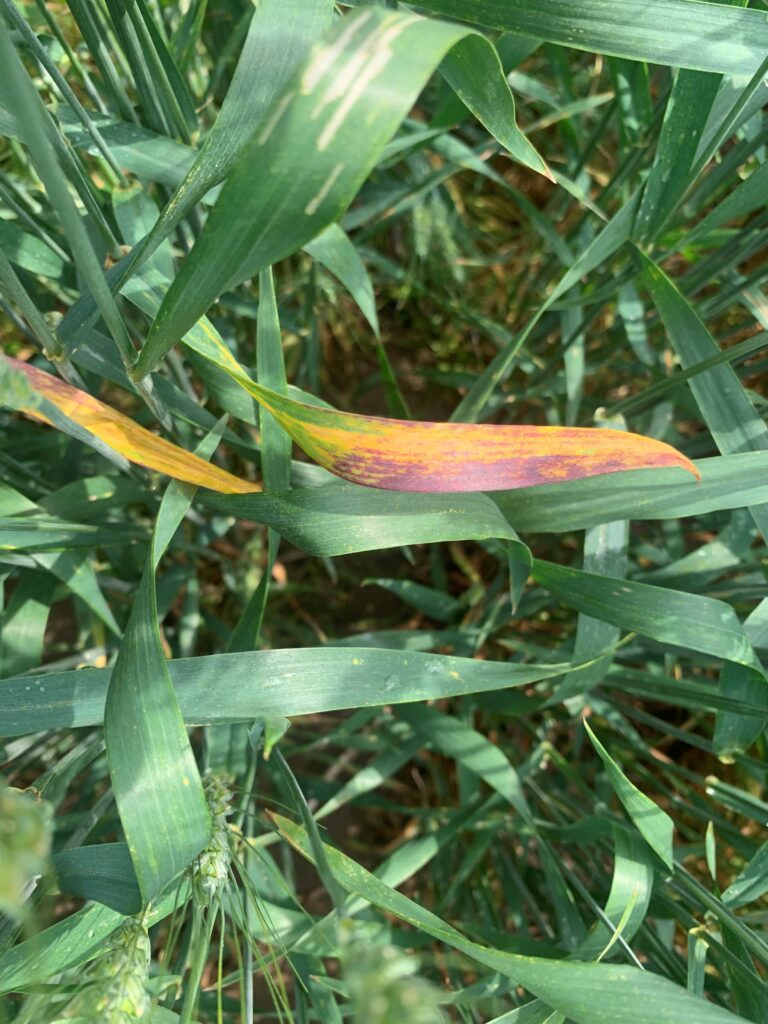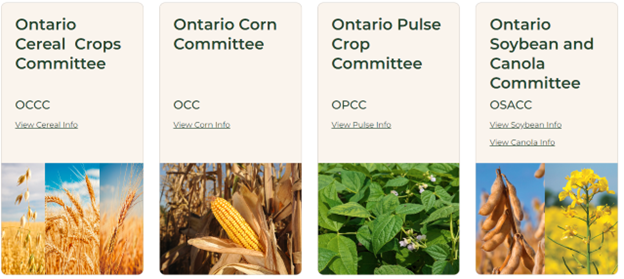True Armyworm
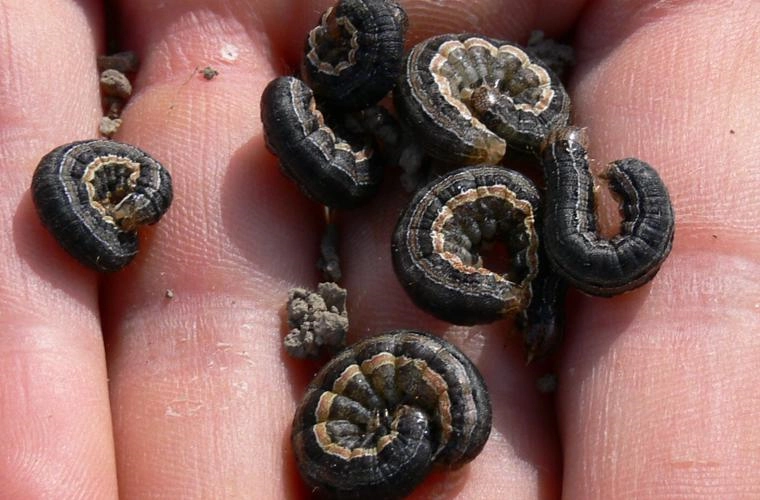
Identification True armyworm (also known as common armyworm), when full grown, are 4 cm (1 1⁄2 in.) long. They can vary in colour from dull-green to brown or black. Two distinguishing features are orange stripes bordered by a thin white line running laterally along the body and dark horizontal bands at the top of each […]
